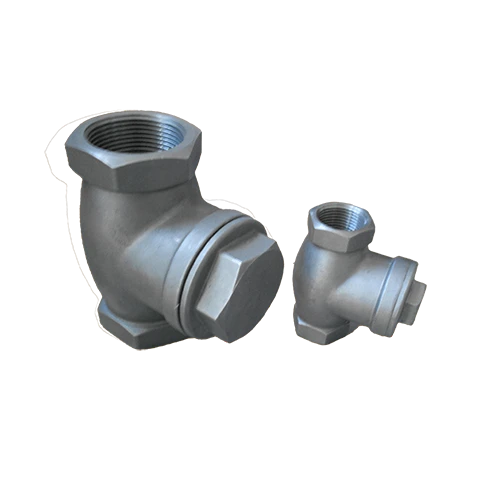Mobile:+86-311-808-126-83
Email:info@ydcastings.com
stainless steel valve casting
Understanding Stainless Steel Valve Casting A Comprehensive Overview
Stainless steel valve casting is a crucial process in manufacturing valves used in various industrial applications. Valves control the flow of fluids and gases, making them essential components in systems ranging from plumbing to oil and gas. Stainless steel, known for its corrosion resistance, strength, and durability, is the most preferred material for these applications. This article delves into the intricacies of stainless steel valve casting, its benefits, and its applications.
Stainless steel valve casting typically involves a precision manufacturing process designed to meet stringent industry standards. The casting begins with the creation of a pattern, which is an exact replica of the valve. This pattern is usually made from metal or resin and is essential for producing the mold used in casting. The mold, created from the pattern, is then filled with molten stainless steel—a process that takes place at high temperatures.
One of the key advantages of using stainless steel in valve casting is its inherent resistance to corrosion and rust. Many environments, such as chemical plants, oil refineries, and even residential plumbing systems, expose valves to corrosive substances and high humidity. Stainless steel’s chromium content forms a passive layer of chromium oxide on its surface, protecting it from oxidation and chemical reactions. This attribute significantly extends the lifespan of valves, making them more suitable for critical applications where maintenance and replacement can be costly and disruptive.
Furthermore, stainless steel valves exhibit excellent mechanical properties. They are capable of withstanding high pressures and temperatures, which is crucial when dealing with the flow of gases and liquids in demanding environments. High-quality stainless steel alloys, such as 304 and 316 stainless steel, are commonly used in valve production. The selection of specific alloys depends on the desired operating conditions, including pressure, temperature, and the nature of the fluid or gas being handled.
stainless steel valve casting

The casting process also allows for intricate designs that can be customized to specific requirements. Manufacturers can produce complex shapes and sizes that are not easily achievable through traditional machining. This flexibility gives engineers and designers the ability to create valves tailored for unique applications, enhancing performance and efficiency.
In addition to performance benefits, stainless steel valve casting is often associated with sustainability. Stainless steel is recyclable, and its use in industrial applications aligns with the growing emphasis on sustainable practices. By opting for stainless steel valves, industries contribute to reducing the environmental impact of their operations, as recycled stainless steel requires less energy to process compared to extracting and refining new materials.
Applications of stainless steel valve casting are widespread. In the oil and gas industry, these valves are essential for controlling the flow of crude oil, natural gas, and refined products. In the chemical processing sector, they manage various chemical reactions and provide safety mechanisms to prevent leaks. Additionally, in food and beverage production, stainless steel valves ensure sanitary conditions while maintaining the integrity of the products.
With emerging technologies and ongoing research, the future of stainless steel valve casting looks promising. Innovations in additive manufacturing, which allows for the creation of complex parts layer by layer, could revolutionize the way valves are designed and produced. Furthermore, advancements in alloy development may yield even more durable and corrosion-resistant materials, pushing the boundaries of what stainless steel valves can endure.
In conclusion, stainless steel valve casting is an integral part of modern manufacturing, providing reliable, durable, and efficient solutions for controlling fluid and gas flow across various industries. Its benefits, including corrosion resistance, mechanical strength, design flexibility, and sustainability, underscore its importance in ensuring the safety and efficiency of countless systems. As industries continue to evolve, the role of stainless steel valve casting will undoubtedly remain central to innovation and progress.
-
Why Should You Invest in Superior Pump Castings for Your Equipment?NewsJun.09,2025
-
Unlock Performance Potential with Stainless Impellers and Aluminum End CapsNewsJun.09,2025
-
Revolutionize Your Machinery with Superior Cast Iron and Aluminum ComponentsNewsJun.09,2025
-
Revolutionize Fluid Dynamics with Premium Pump ComponentsNewsJun.09,2025
-
Optimizing Industrial Systems with Essential Valve ComponentsNewsJun.09,2025
-
Elevate Grid Efficiency with High-Precision Power CastingsNewsJun.09,2025











